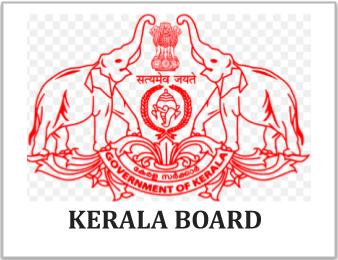
(TEXT BOOK) Kerala Board Board CLASS-12
::MATHEMATICS::
CONTENT
1. Relations and Functions 1
1.1 Introduction 1
1.2 Types of Relations 2
1.3 Types of Functions 7
1.4 Composition of Functions and Invertible Function 12
1.5 Binary Operations 19
2. Inverse Trigonometric Functions 33
2.1 Introduction 33
2.2 Basic Concepts 33
2.3 Properties of Inverse Trigonometric Functions 42
3. Matrices 56
3.1 Introduction 56
3.2 Matrix 56
3.3 Types of Matrices 61
3.4 Operations on Matrices 65
3.5 Transpose of a Matrix 83
3.6 Symmetric and Skew Symmetric Matrices 85
3.7 Elementary Operation (Transformation) of a Matrix 90
3.8 Invertible Matrices 91
4. Determinants 103
4.1 Introduction 103
4.2 Determinant 103
4.3 Properties of Determinants 109
4.4 Area of a Triangle 121
4.5 Minors and Cofactors 123
4.6 Adjoint and Inverse of a Matrix 126
4.7 Applications of Determinants and Matrices 133
5. Continuity and Differentiability 147
5.1 Introduction 147
5.2 Continuity 147
5.3 Differentiability 161
5.4 Exponential and Logarithmic Functions 170
5.5 Logarithmic Differentiation 174
5.6 Derivatives of Functions in Parametric Forms 179
5.7 Second Order Derivative 181
5.8 Mean Value Theorem 184
6. Application of Derivatives 194
6.1 Introduction 194
6.2 Rate of Change of Quantities 194
6.3 Increasing and Decreasing Functions 199
6.4 Tangents and Normals 206
6.5 Approximations 213
6.6 Maxima and Minima 216
Appendix 1: Proofs in Mathematics 247
A.1.1 Introduction 247
A.1.2 What is a Proof? 247
Appendix 2: Mathematical Modelling 256
A.2.1 Introduction 256
A.2.2 Why Mathematical Modelling? 256
A.2.3 Principles of Mathematical Modelling 257
NEW! UPSC IAS Exam Complete Study Materials (Pre, Mains, Interview COMBO Study Kit)
Courtesy : Kerala Board